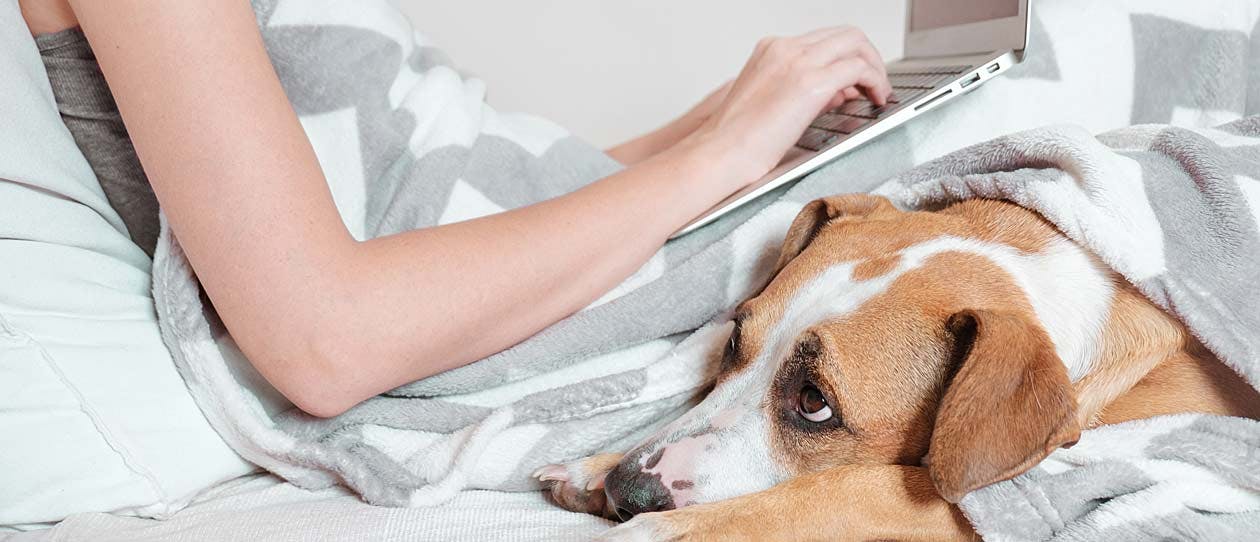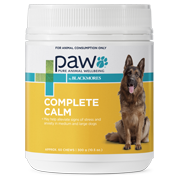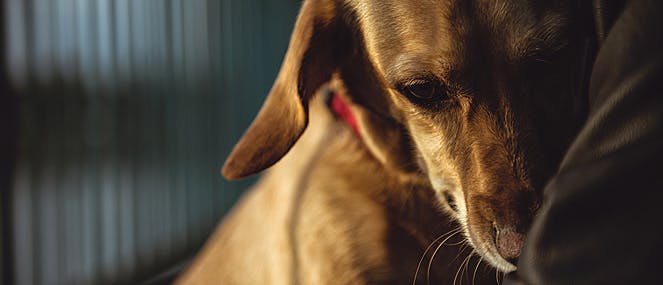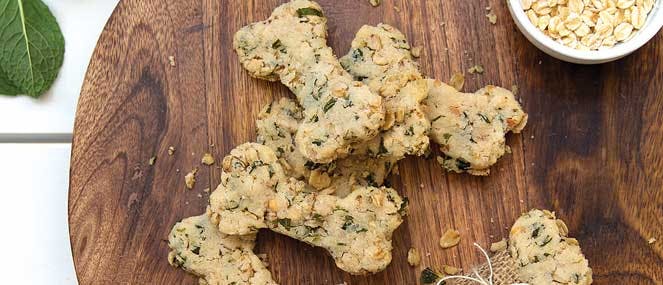
- A Guide To Perfect Your Pet's Health/
- Health and Vitality Products For Your Dog/
- How to help your dog cope during and after lockdown


Many dogs around the country are loving lockdown, with stay-at-home rules ensuring owners are around more often, paying extra attention to their pooch’s needs.
“A lot of pets are really benefitting from lockdown, both emotionally and physically,” says veterinarian Dr Trish Santos-Smith. “Except in circumstances where strict curfews are in place, dogs are most likely being walked regularly, are getting cuddles at home and – importantly – are having their health monitored; owners can now see if their pet is scratching or showing other symptoms of being unwell.
But for some dogs, there can be downsides to having the entire family in their space all the time, especially when they're not used to it. And then, just as they do become accustomed to having everybody around, things change and they’re left alone again…
Daily routine tips for dogs during lockdown
- Stick to sleep routines
If your family is working and studying from home, you may – unintentionally – be creating a bustling living environment not all that conducive to sleep. Which can be a problem for your furry friend: on average, dogs need 12 to 16 hours of shut-eye a day; even more for puppies. To ensure they get ample rest, create a quiet corner or ‘safe space’ for your dog, replete with their bed and favourite toys for comfort and entertainment until they drift off. - Maintain regular exercise
If you’re in a lockdown situation that only permits a single exercise outing a day, make sure you take your dog with you – a lack of running, jumping and socialisation can lead to restlessness or destructive behaviour. Be aware that with more people exercising outdoors instead of in gyms, it’s likely that extra bikes, scooters and fellow pet-walkers will accompany you, so if your dog doesn’t cope well with excessive noise and movement, choose a route through back streets that you know will be less busy. To avoid stress and anxiety, try to schedule your walk for a time your dog is used to. - Don’t overfeed your dog
Many humans in lockdown find the allure of the pantry and fridge too strong to fight, resulting in a constant battle against unwelcome ‘Covid kilos’. Maintaining your pet’s healthy weight while you’re at home can also be a challenge. To ensure your pooch stays physically healthy, resist the urge to feed it from your plate when you snack, and limit the number of treats you hand out to those that fall within your dog’s recommended calorie intake.
How to prepare your dog for life after lockdown
“While you’re maintaining your dog’s routines now, be sure to think ahead to life after lockdown,” says Dr Santos-Smith. “Your pet will be used to having you around all the time, and leaving them alone could be extremely stressful and may lead to separation anxiety.”This, she says, can manifest in many ways, from doggy depression (not wanting to get out of bed, looking nervous when you’re about to leave the house) to destructive behaviour (urinating indoors, chewing household items, excessive barking or whining).
Here are some suggestions for the changeover period.
- Ease into ‘home alone’
“Make ‘away’ changes that are gradual,” says Dr Santos-Smith. “Don’t go from 100 per cent of your time at home to 100 per cent away. In the lead-up to going back to work in an office five days a week, gradually increase the amount of time you spend away from your dog,” she says. For example, you might try sitting in another room away from your pet or spending time outside while they are inside. - Give them mental distractions
Separation anxiety aside, “destructive behaviours can also be the result of your pet being bored,” says Dr Santos-Smith. Make sure they have plenty of toys as distractions while you’re away from home: “Kongs with treats are a good way to keep dogs entertained for a long period of time, so they won’t miss you so much.” - Desensitise your dog
Notice your dog’s ears prick up when you jangle your keys? See them get clingy or look distressed when you put on make-up or lace up your shoes? Your dog associates these triggers with you leaving the house… and them being left alone in it. Try desensitising them to these indicators over a gradual period of time, says Dr Santos-Smith. For a week, put on your shoes only once you’ve closed the front door; next week, put them on inside but don’t go anywhere, and sit back down with your pet instead. “The goal is to get your dog to disassociate these actions from negative emotions,” she says, creating a happy and healthy pet both when you’re around and when you’re not.
Related product
PAW Complete Calm ChewsTasty kangaroo based chews that contain key ingredients such as Tryptophan, B group vitamins and a blend of multivitamins and nutrients to support the general health and nervous function in dogs.




